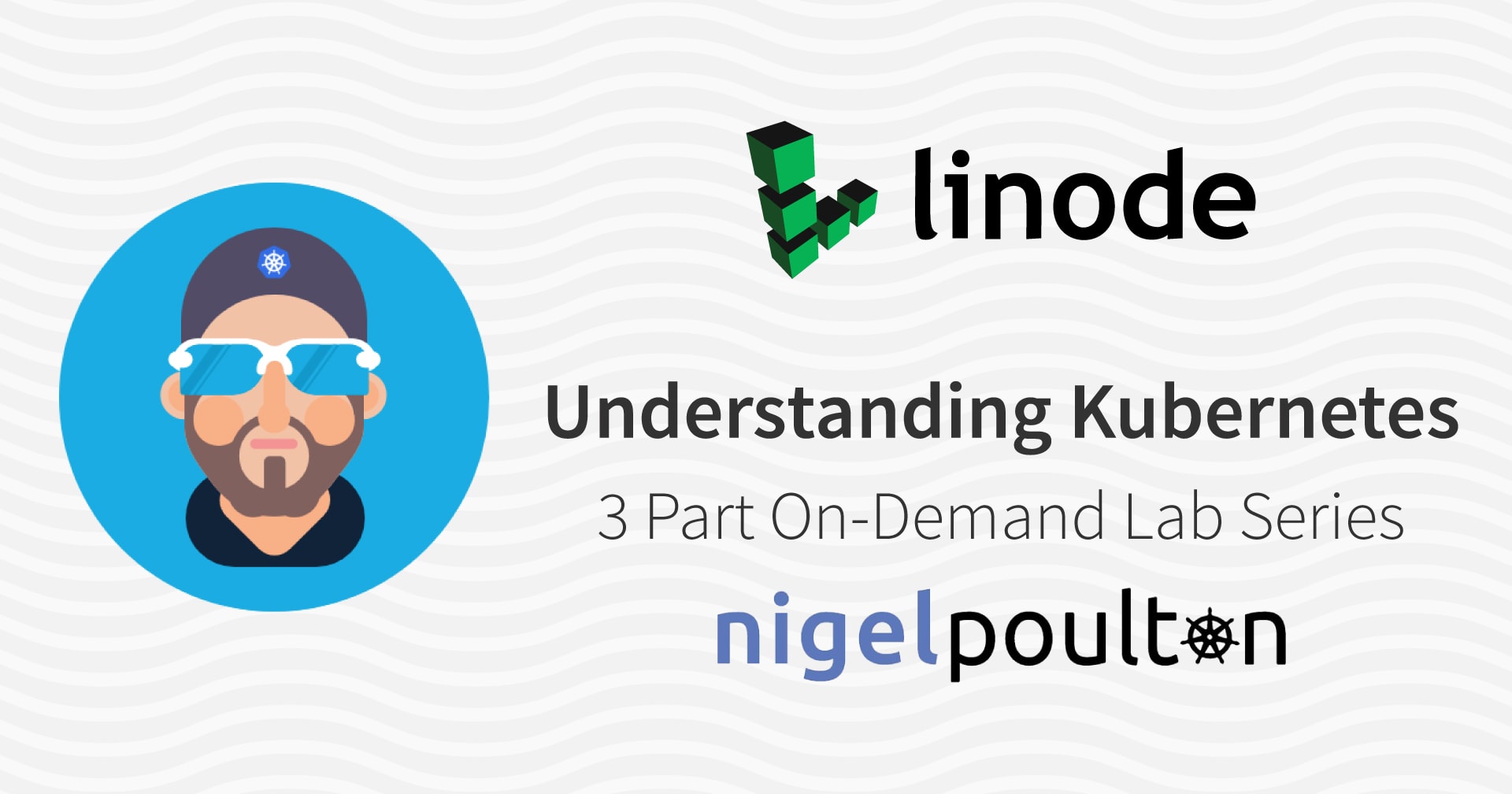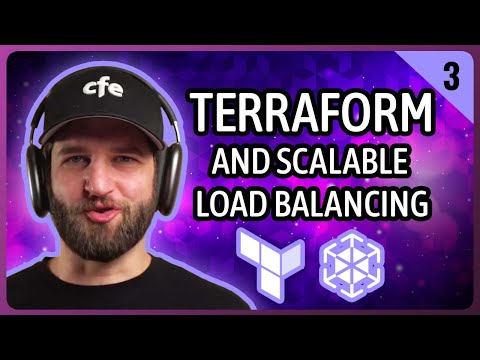I recently delivered a short series of live labs exploring the newly released Linode Kubernetes Engine (LKE). You can sign-up and watch the recordings here — you’ll learn how to create an LKE cluster, deploy an app, expose it to the internet, and connect to persistent storage.
Sheer Simplicity
If I had to use one word to describe Linode Kubernetes Engine (LKE), it would be “simple.” And that’s quite something when you consider Kubernetes has something of a reputation for complexity. The live lab series was in three parts, and there were a few features of LKE that impressed me. Let’s find out what they were.
Building an LKE Cluster
I regularly run live-stream and in-person training sessions that demo building Kubernetes clusters. And every time, I use a pre-built cluster for the second half of the demo.
Why? Because it always takes ages for clusters to build. Not so with LKE. When I was practicing for the labs, LKE regularly built new clusters in under 90 seconds. I’m impressed.
I’m also impressed with how clean and simple the UI is. Plus, running costs are clearly visible and uncomplicated.
Considering LKE is so new, it’s impressively slick.
Exposing App to the Internet
One of the challenges running Kubernetes live streams and in-person training sessions is the time it takes cloud back-ends to provision new load balancers. Some take several minutes, and the fastest usually take around a minute.
What about LKE… instantaneous!
Integrating with Linode Block Storage
The preferred way to integrate external storage systems with Kubernetes is via Container Storage Interface (CSI) drivers/plugins. Many implementations still use older in-tree drivers, and getting them to use CSI drivers can be complex.
Not so with LKE. Every LKE cluster has the LKE CSI plugin installed and enabled by default. They also have default storage classes that make using LKE block storage with your Kubernetes apps extremely simple.
Summary
I’m the author of The Kubernetes Book, several Kubernetes video training courses, and I deliver in-person and live-stream training sessions all the time. As a result, I’ve used most of the hosted Kubernetes services out there. And I can say, without doubt, that LKE is the cleanest and simplest hosted Kubernetes I’ve ever used. In fact, it’s my go-to hosted Kubernetes platform and I’m using it for all the examples in my updated “Getting Started with Kubernetes” video course that I’m finishing up.
I love connecting with good people and talking about tech, especially containers and Kubernetes. Feel free to chat with me on Twitter and LinkedIn, as well as via my website.





Comments (1)
informative article, thanks for sharing…